Art is
PLAY
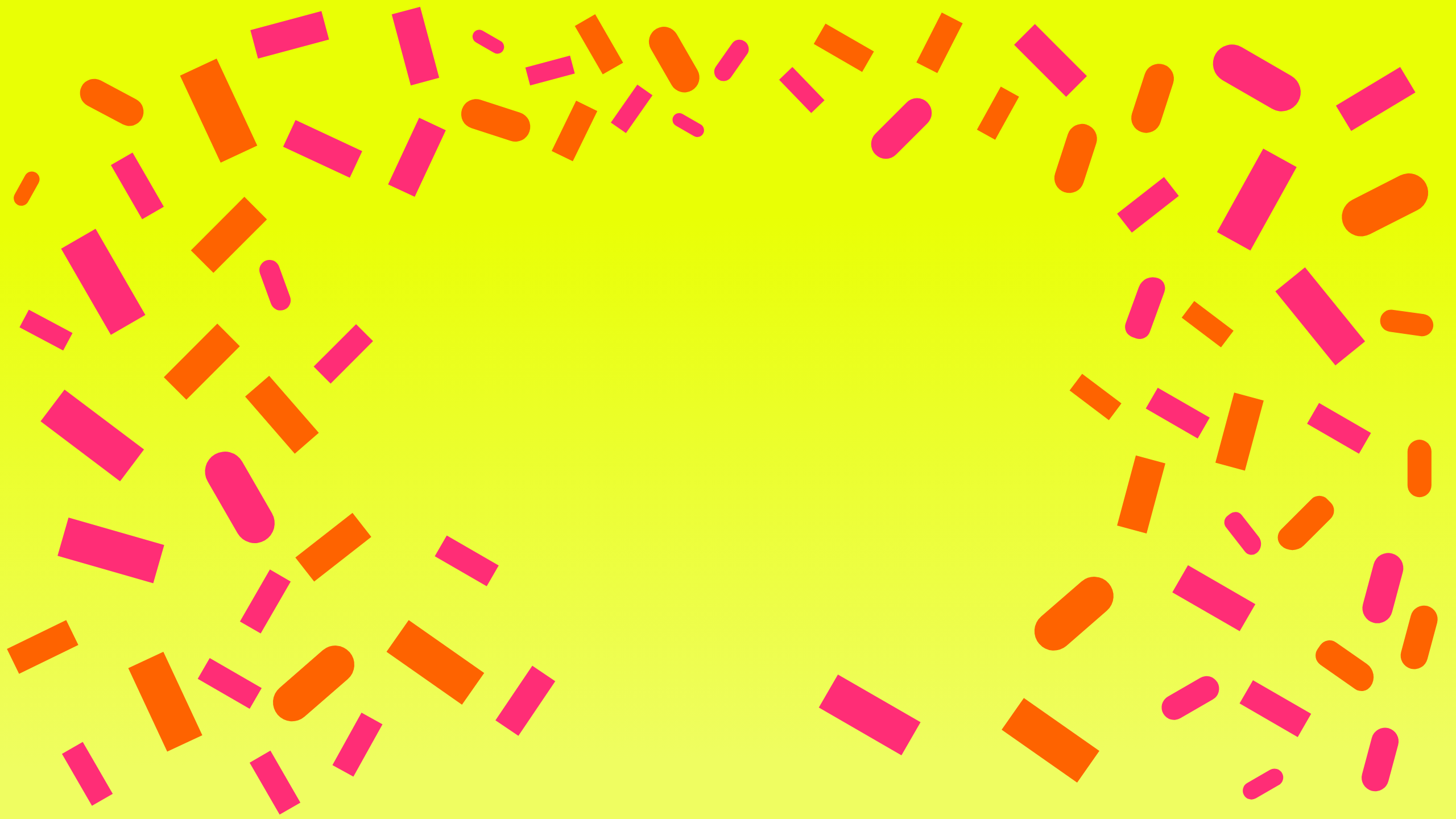
by KT Hawbaker (MA 2017)
Portraits by Greg Stephen Reigh (BFA 2013) and Ashley Thompson
As painter David Hockney would say, people tend to forget that play is serious. In the art world, the concept of play often lurks cleverly. Beneath layers of auction sales, stony museum walls, and opening night wine from Costco, there are first the artist’s impulses to express, experiment, and create—in a word, play. It’s an almost ineffable concept, but one that we all innately possess.
For artists, the creative practice moves around the gradient of play, revealing light and heavy truths that only a feral process can expose. And, while the odds are certainly against play in most “professional” contexts, it is the backbone of the School of the Art Institute of Chicago (SAIC) community, a precious set of vertebrae that allows us to stretch, flip, contort. It’s more than abstract—it’s a principle that anchors our education and careers.
This presence of playfulness is clear in the work of many SAIC alums. We talked with toy designer Eileen Kim (BFA 2017) and teaching artist Alberto Aguilar (BFA 1997, MFA 2001) about how play is both the process and the product of their artistic lives.
Eileen
Kim:
Producing Play
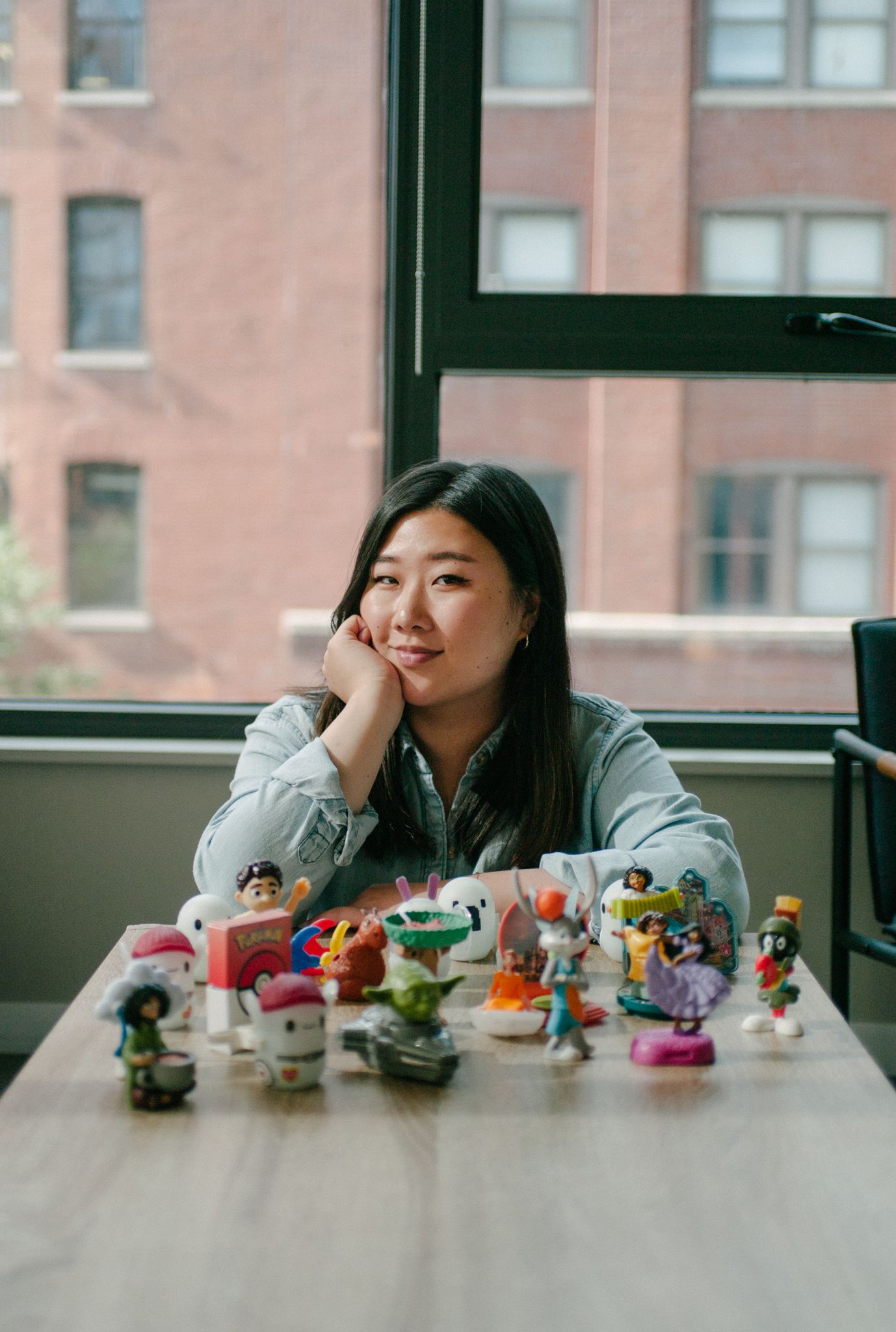
After diving into designing objects in her undergraduate career at SAIC, Eileen Kim (BFA 2017) leveraged her passion and skills into a toy design position with McDonald’s—yep, she creates Happy Meal toys.
“I feel like I've always been the person who collected any kind of miniature toy or Polly Pockets,” she says. “We're trying to be a lot more sustainable, but plastic toys are just my thing. I'm like a kid myself.”

Kim showing off her work in her home.
Kim showing off her work in her home.
What’s her current collection like?
“Oh my goodness, with Happy Meal toys, it's insane,” she laughs. “I don't have room! I have to give them away—so if you want some…”
Kim first discovered toy design in Lecturer Ceci Gomez’s class and forged a trail in industrial design. After she stumbled into McDonald’s, she became an essential part of the toy development process. As one might expect, Kim’s kind of play is all about collaboration. It’s also about having an intuitive sense of how both children and adults engage with toys. While she designs with kids in mind, she also recognizes how toys must appeal to an older cohort of collectors. It’s about play in a literal sense, but also play in an aesthetic sense.
In the beginning, Kim’s team works with creatives to conceptualize eight to 10 designs. Those designs are reviewed by a director, and then the creative team returns to pick a final lineup.
“After that, the industrial design team does the red lining. We choose colors, and we do 3D adjustments. It then becomes an international conversation: We're not doing everything in the US, and a lot of our 3D modeling is in Hong Kong. The industrial designers carry the design through the production process with our factories in China,” Kim says. Only slight adjustments are typically made in these steps.
“Toys can mean so many things. As a category, toys are indiscriminate—not just for adults and not just for kids,” she says. “I feel they're like memories. There is a broad emotional connection. They can teach; they can do so many different things. They are vast.”
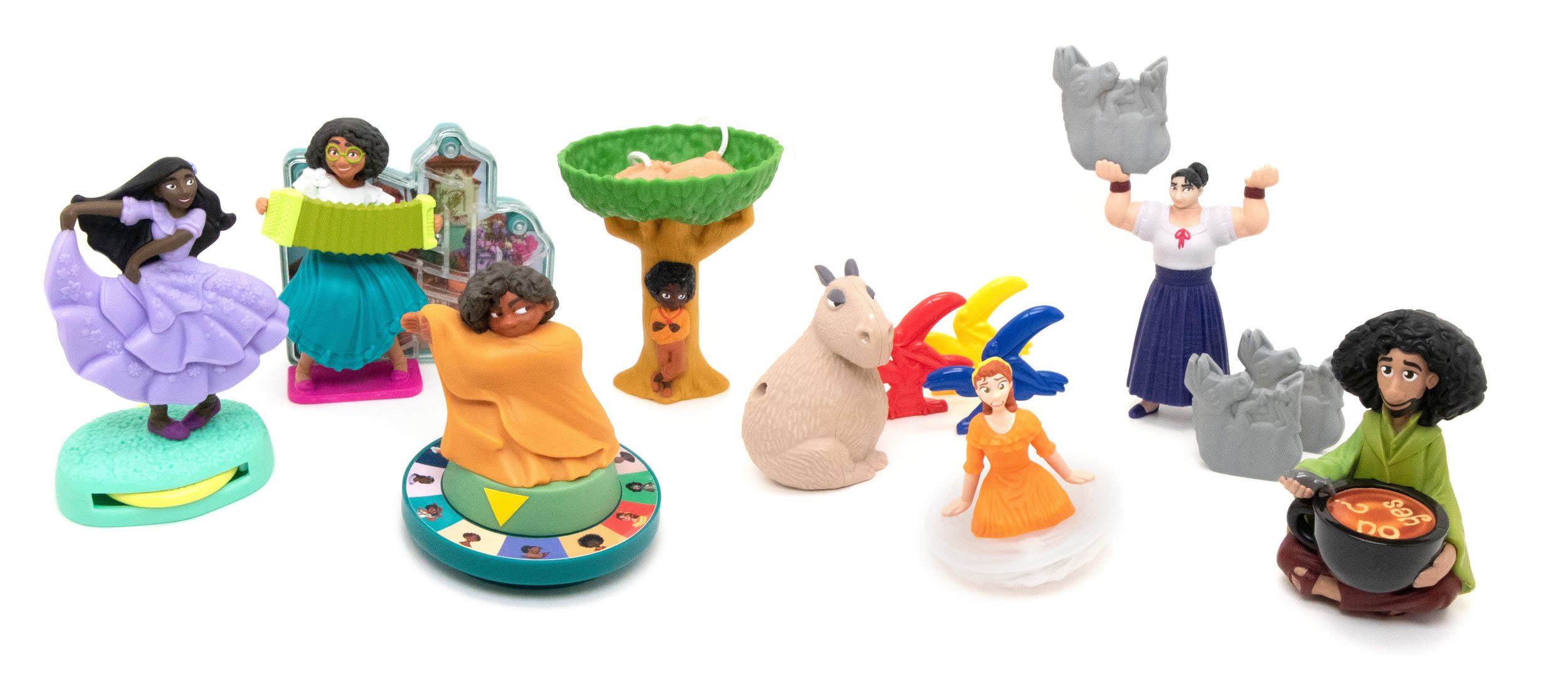
Happy Meal toys from Disney's Encanto.
Happy Meal toys from Disney's Encanto.
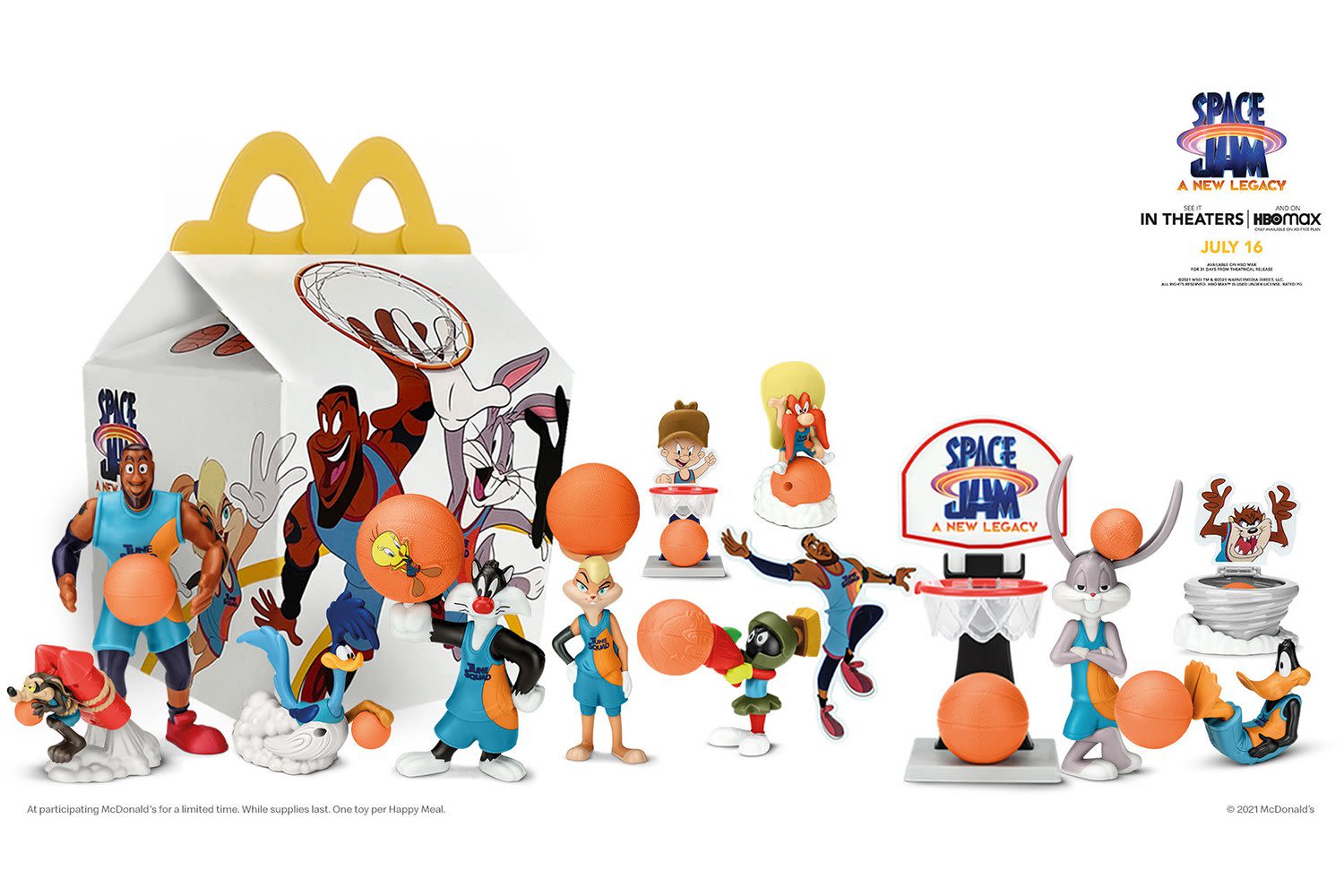
Happy Meal toys from Space Jam: A New Legacy.
Happy Meal toys from Space Jam: A New Legacy.
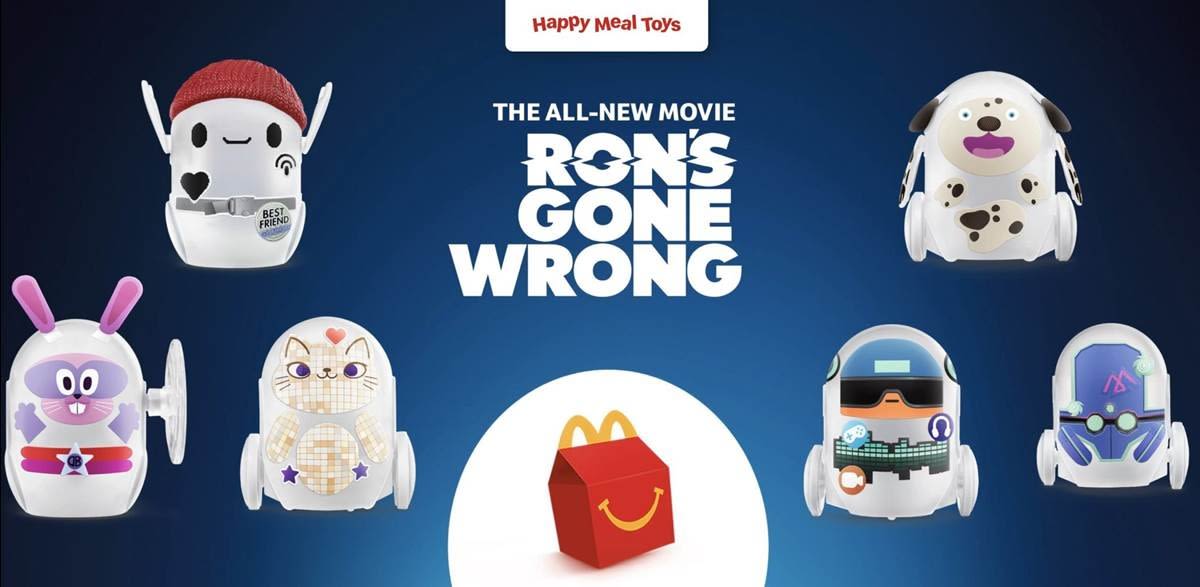
Happy Meal toys from Ron's Gone Wrong.
Happy Meal toys from Ron's Gone Wrong.
After that, Kim produces the instructional artwork and the packaging. “The industrial design team is basically the middle ground between engineering and creative. I have to understand both parts,” she says.
Play is also a pragmatic part of the research involved in producing these toys. The McDonald’s team has kids test the toys and provide feedback, ensuring the broadest and most inclusive reach. The pathway from ideation to distribution takes about one year. For Kim, the outcome is equal parts exactitude and emotion.
“Toys can mean so many things. As a category, toys are indiscriminate—not just for adults and not just for kids,” she says. “I feel they're like memories. There is a broad emotional connection. They can teach; they can do so many different things. They are vast.”
Of course, she has a favorite.
“It’s from [animated film] Ron's Gone Wrong, and it’s our first power-up toy,” she describes. “Basically, you connect the toy with an app on your phone. You then put the phone underneath the toy, and it will reflect an image onto the toy and ask you questions.”
The toy deploys mirrors to create this function, an example of how the team has to act as both creatives and engineers. Kim eventually hopes to leverage this experience into something more personal.
“I am really enjoying this right now—but at the same time, I really want to one day create my own toys,” she says. “We’ll see how it all plays out.”
Alberto
Aguilar:
Teaching Play
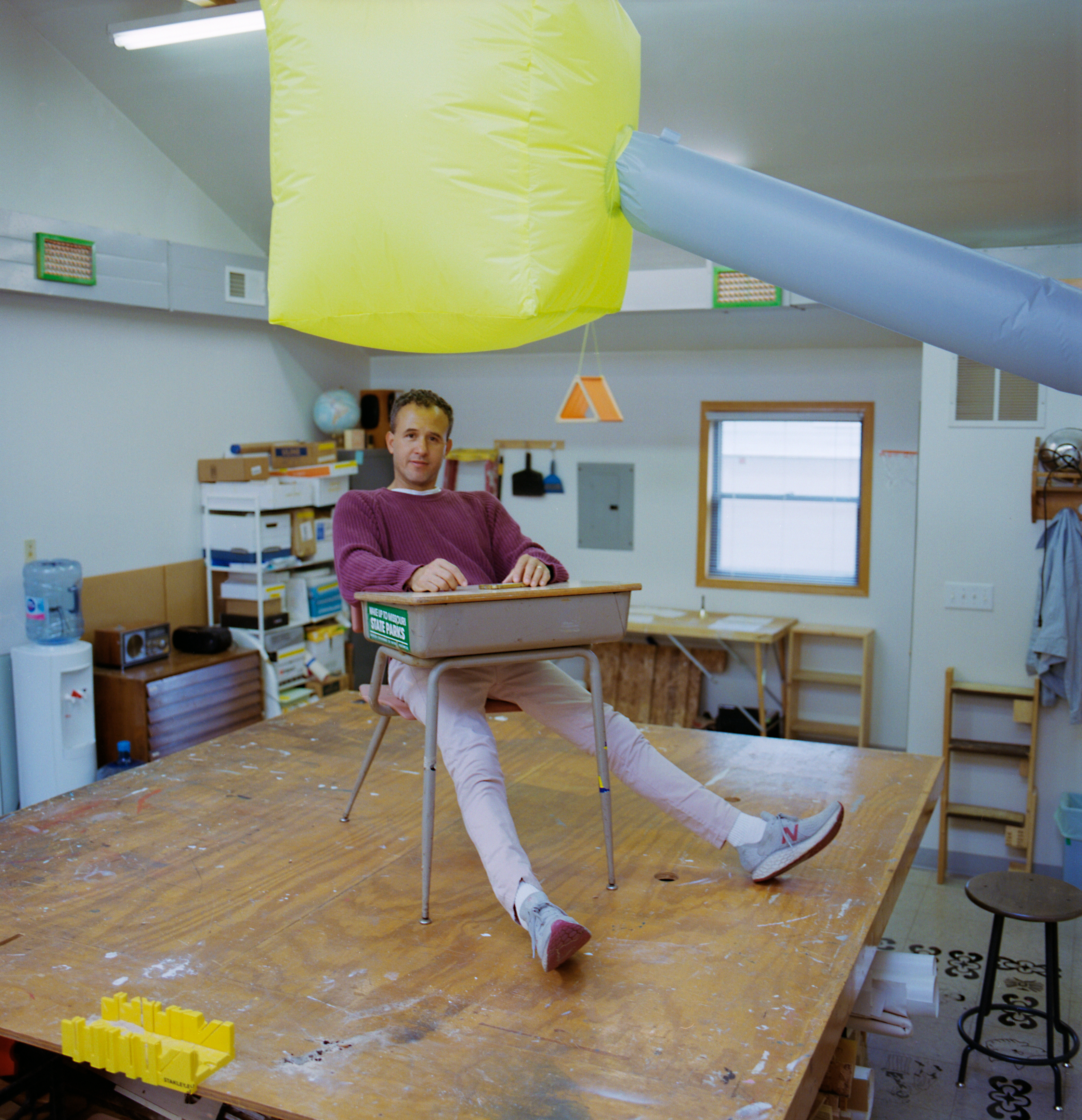
“When I was a child, play was a different thing,” artist and professor Alberto Aguilar (BFA 1997, MFA 2001) says before pausing. “But, now that I’m really thinking about it, maybe it wasn't. I think that I use play as a way to navigate the world and all the situations that come with being in this world.”
Aguilar, who now teaches Play and Belonging in SAIC’s Contemporary Practices program, isn’t inclined to tell students how to play—he teaches them to intentionally incorporate their natural inclination to play into their creative practices.
“I'm very, very open to the class being malleable and taking on its own form as it’s guided by the students,” he says.
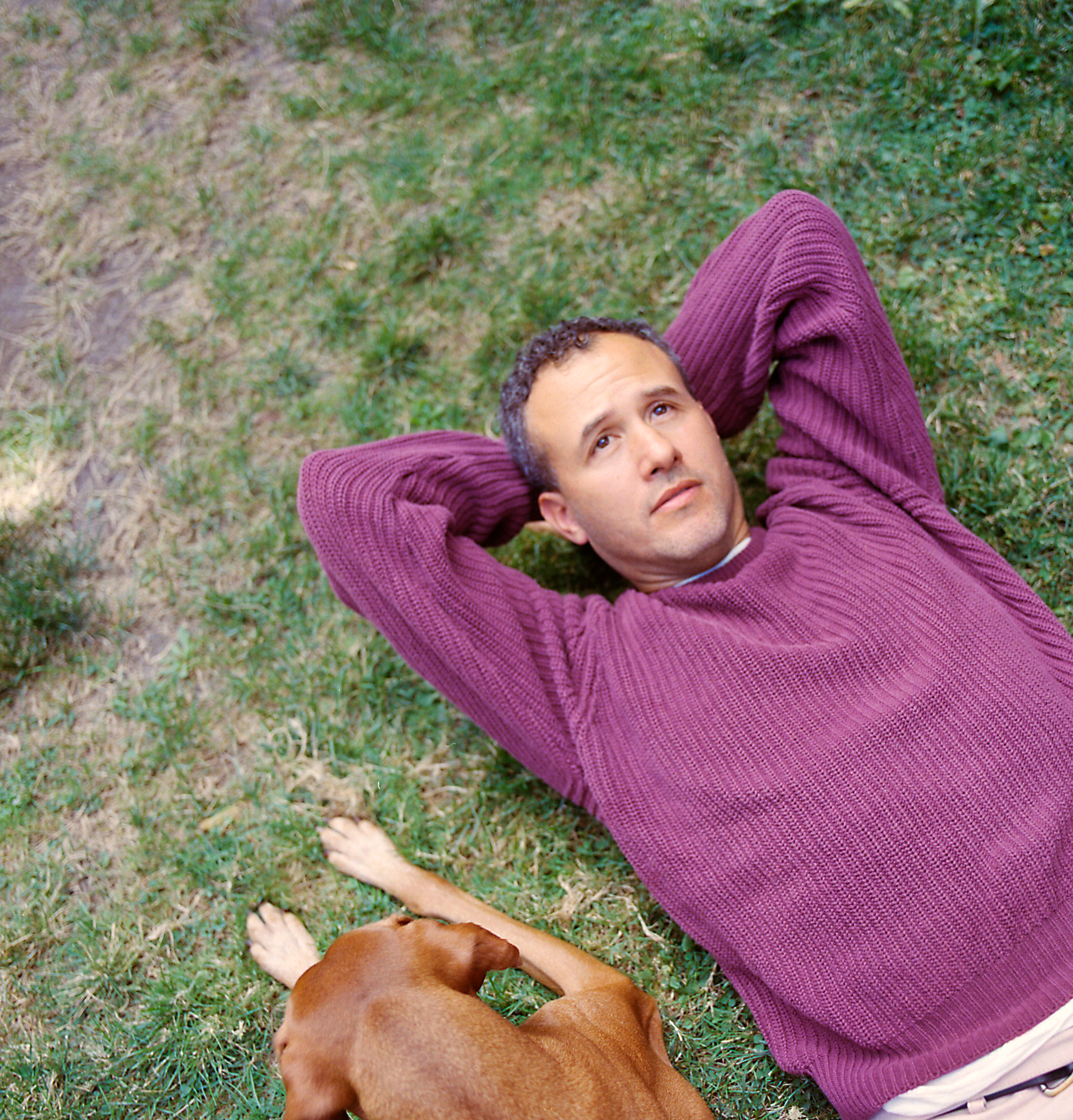
Aguilar laying on the grass near Archer, his regular collaborator.
Aguilar laying on the grass near Archer, his regular collaborator.
Playfulness is inherent in his own work; his photography, hand-painted signs, self-portraits, and a Domestic Monument series jump genres and mediums. His art has been featured in galleries like Chicago’s National Museum of Mexican Art and the Museum of Contemporary Art Chicago. In the classroom, Aguilar creates a space of experimentation and self-direction. He aims to help his students understand how play can construct community and “structures of belonging.”
“It’s important to note that play is generative. But, I think the main thing is that play allows me to get through things that I wouldn't otherwise know how to get through,” he expands. That self-fortification is critical for any artistic practice.
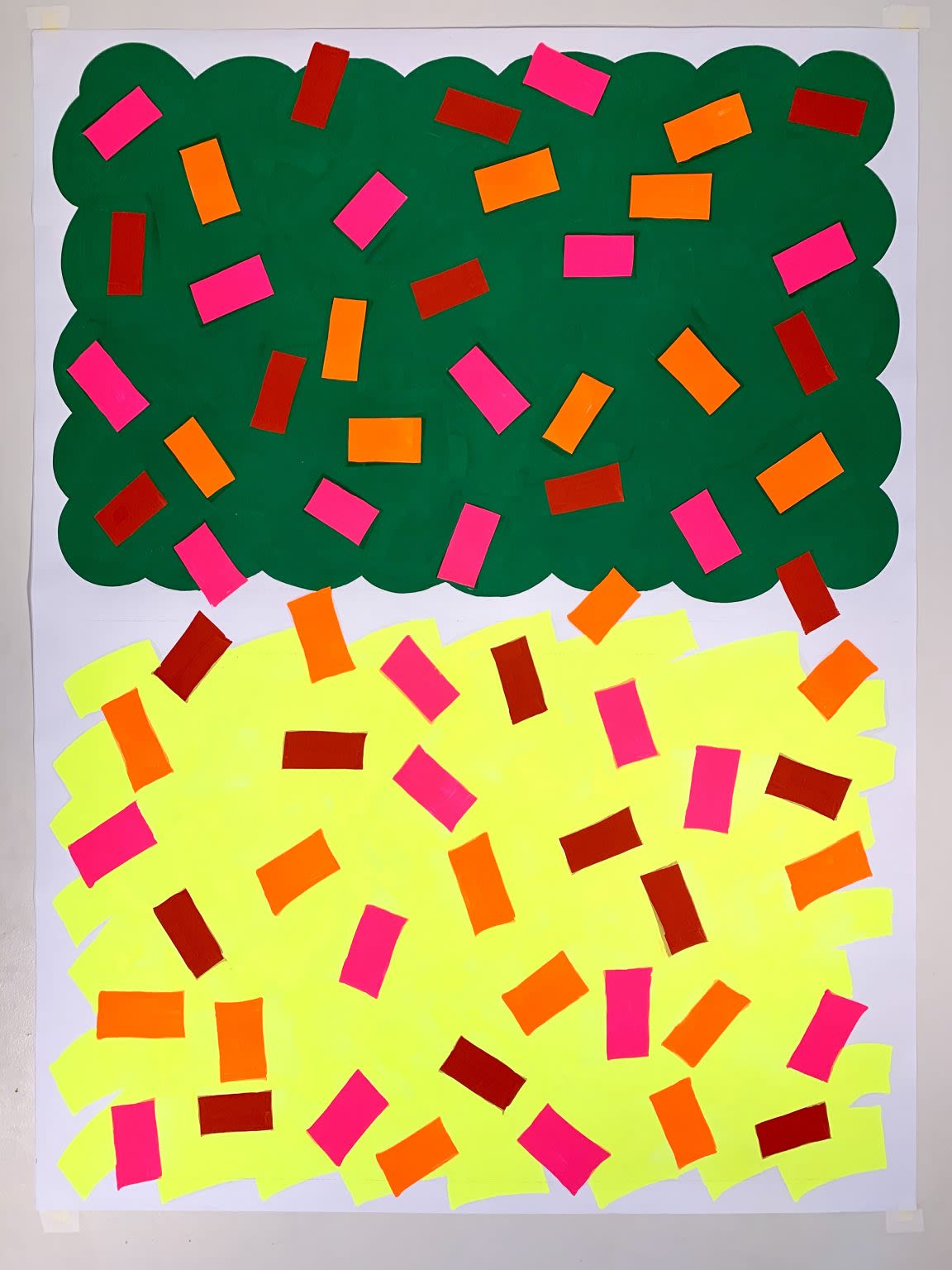
Alberto Aguilar, Tradición/ Tradition, enamel on paper, 2020.
Alberto Aguilar, Tradición/ Tradition, enamel on paper, 2020.
Aguilar’s understanding of play is also defiant, another element essential to navigating the current culture.
“I've always been told that to do things wrong is bad. Play, however, gives me permission to do things the wrong way, which is weird,” he continues. “But, it's one of my tendencies to want to do things ‘wrong,’ or counter the way they're supposed to be done.”
Aguilar believes this comes from a childhood spent on the margins. Originally from a bilingual home, he says he didn’t talk a lot when he was little because he struggled with building conversation while jumping between the two languages. “My mother only spoke Spanish, and my father spoke Spanish and English,” he says. “I think that I was confused about how to use language.”
However, this sense of confusion gave Aguilar the ability to navigate within the in-between spaces and to use play rather than language as a form of communication. The normal rules didn’t apply.
“I've always been told that to do things wrong is bad. Play, however, gives me permission to do things the wrong way, which is weird,” he continues. “But, it's one of my tendencies to want to do things ‘wrong,’ or counter the way they're supposed to be done.”
As he now leads a classroom, Aguilar offers a similar sense of chaotic good. His syllabus declares what could happen in class as opposed to what will happen in class.
“One time when we had a Zoom meeting, we made an agreement that we were going to start on Zoom in Downtown Chicago, and we were all going to stay on Zoom and find each other throughout the city,” he describes. “We were just all roaming the city, and eventually we converged on the same Walgreens.”
While projects like this succeed, there is sometimes resistance from students as they learn to embrace the loose structure of this course. “Sometimes I have students that come into the class that are very guided by the rules and structure of academia. Because my classes are open to play and being free, sometimes people misinterpret this as being unprepared,” he says. But by the end of the semester, most students leave the class with a sense of freedom. “At a certain point while growing up, some of us forget how to play,” he says. “Rather than taking away our control, learning to play is actually liberating and free to everyone.”
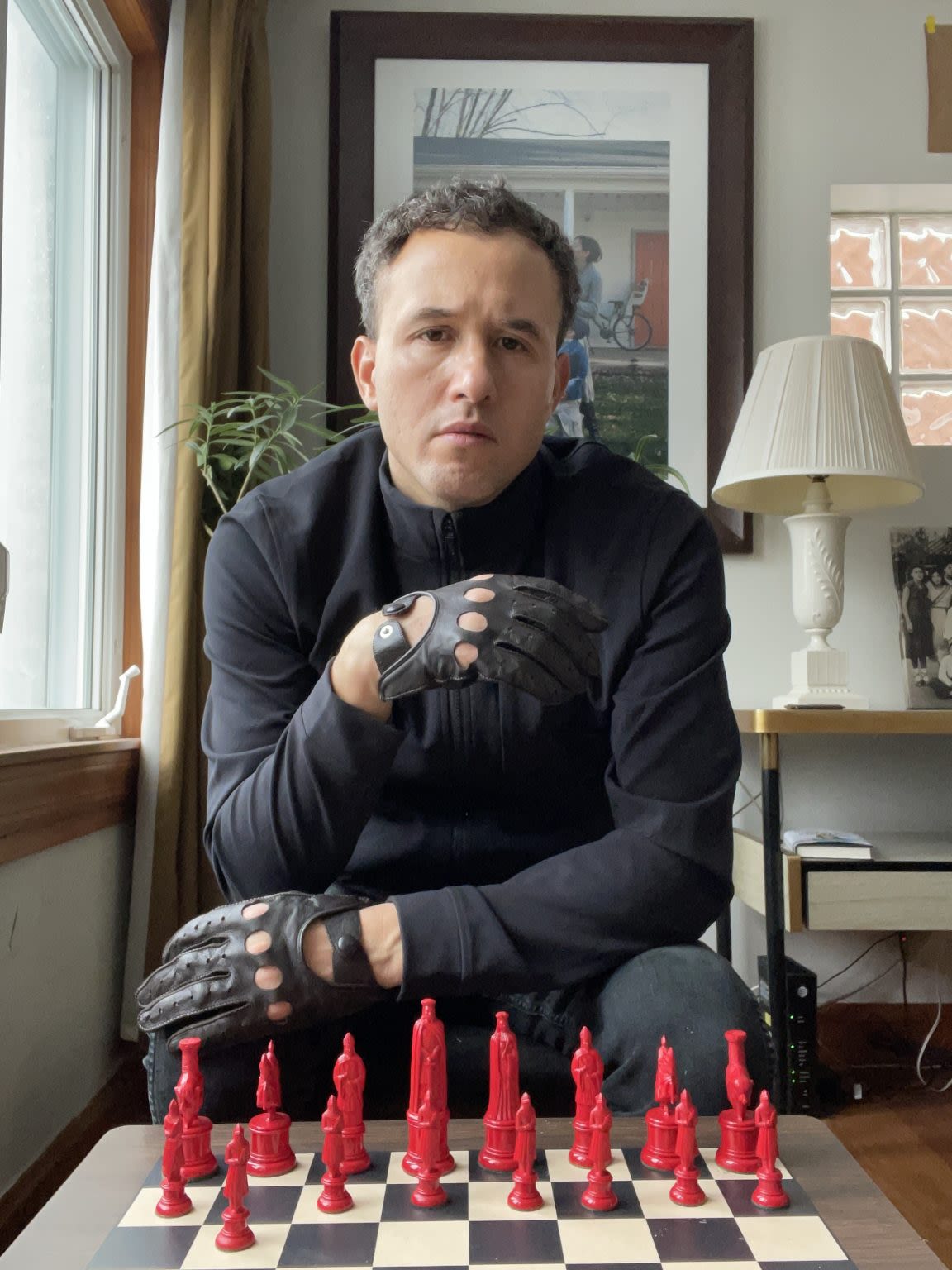
Alberto Aguilar, Self (a) vs. Self (b), 2020.
Alberto Aguilar, Self (a) vs. Self (b), 2020.
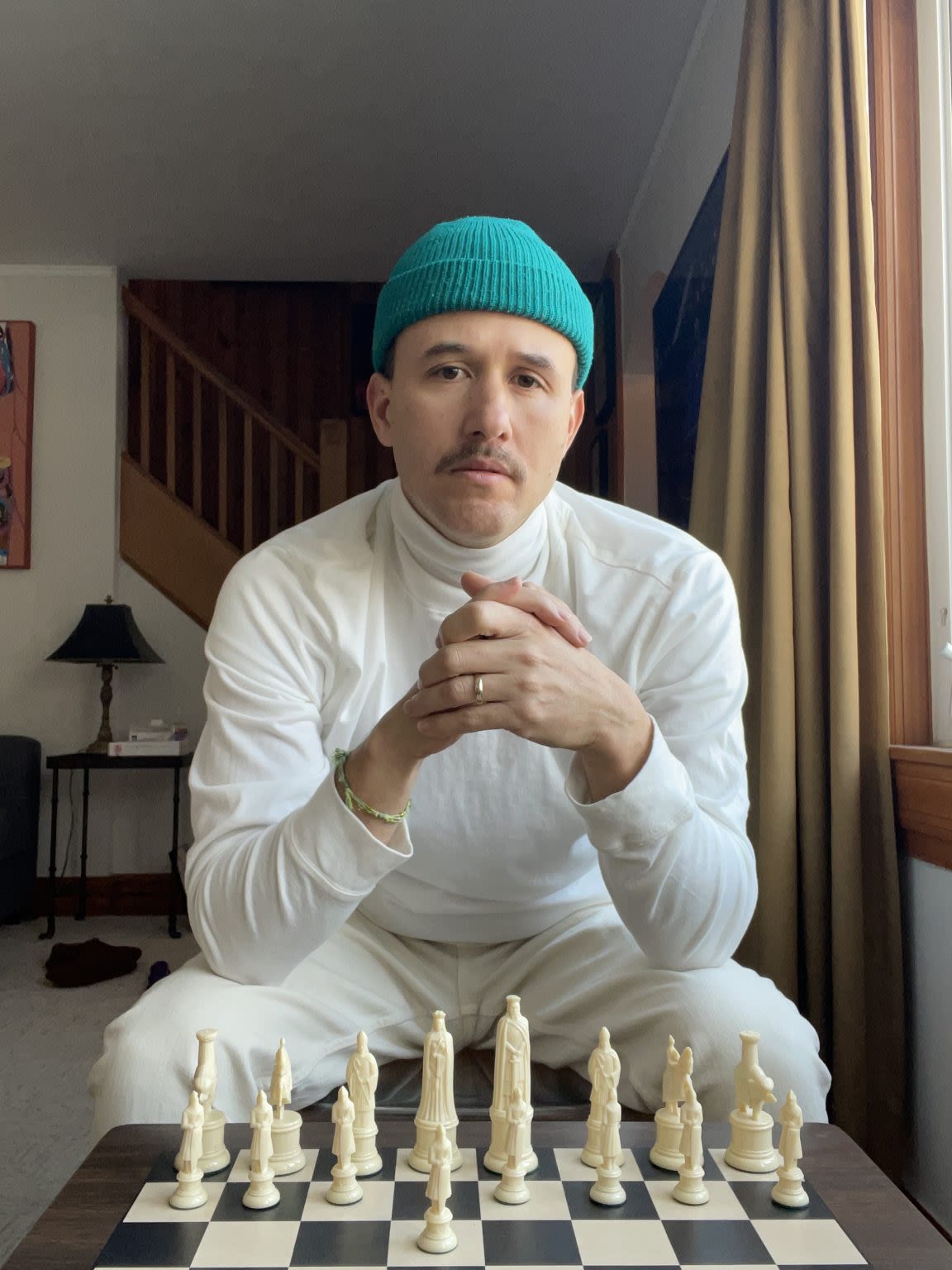
Alberto Aguilar, Self (b) vs. Self (a), 2020.
Alberto Aguilar, Self (b) vs. Self (a), 2020.
To sum up his perspective, Aguilar recalls an interview with Janine Antoni, an artist who took up tightrope walking in her studio for an hour every day.
“She doesn't know what she's going to do with the tightrope walking, but it becomes part of her practice,” Aguilar recalls. “She said that when she first started tightrope walking, she was trying to find balance. It was something that she was looking for every time she would tightrope.”
That’s where play entered: “At a certain point, she realized that it wasn't about finding balance, it was about being comfortable being out of balance.” ■

